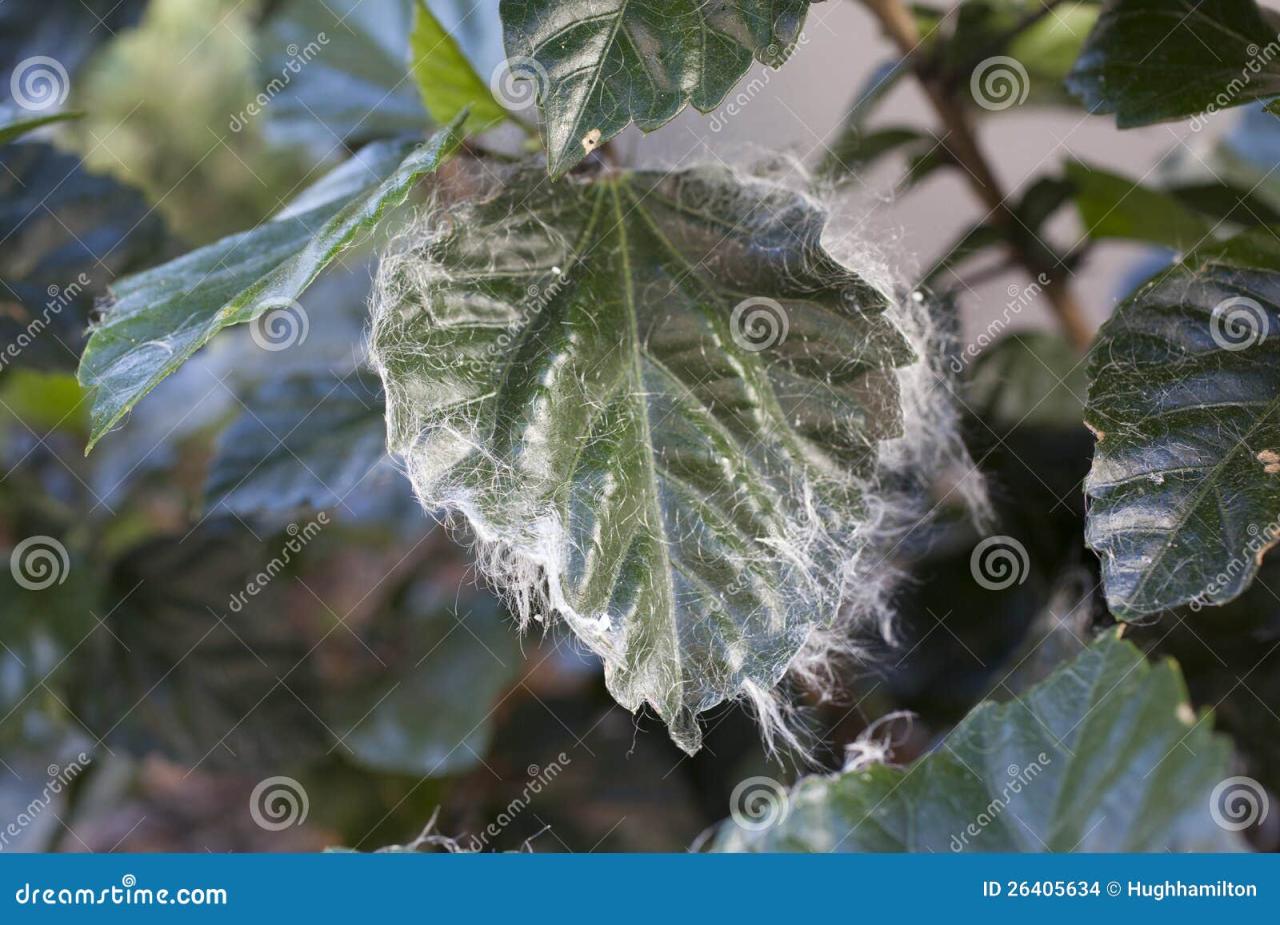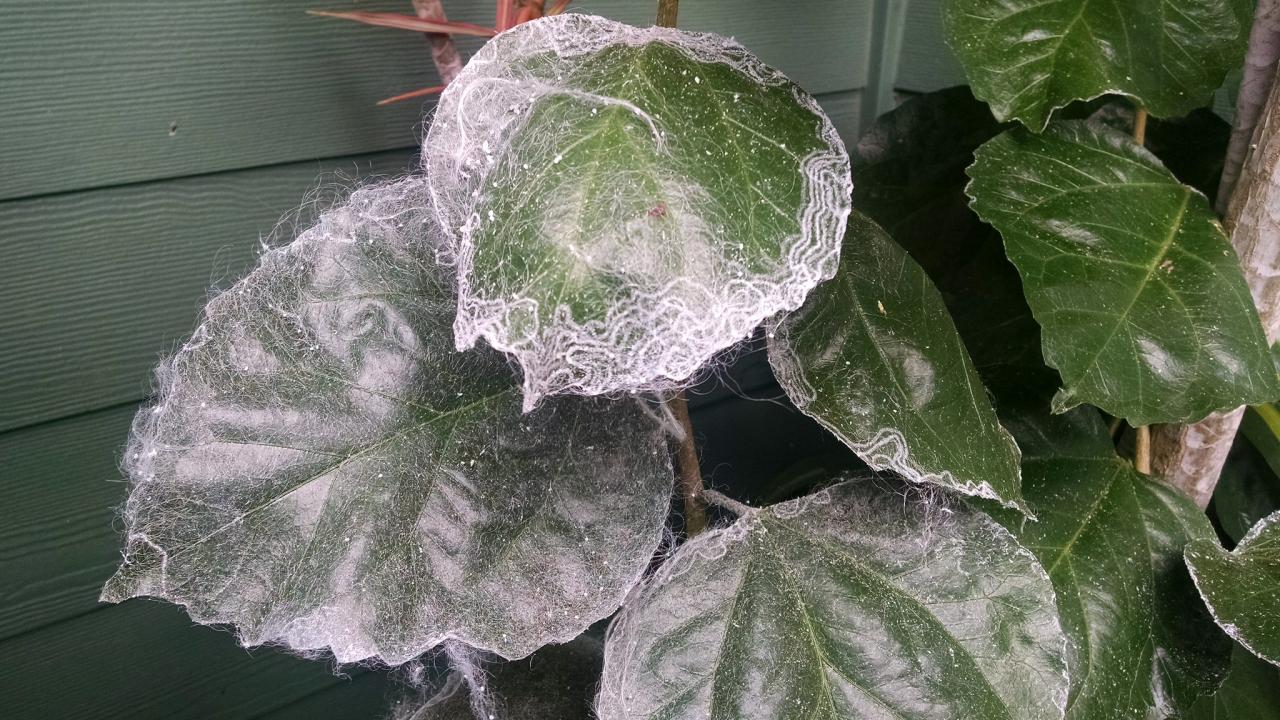Hibiscus plants are a popular choice among gardeners and homeowners for their stunning blooms and lush foliage. However, these beautiful plants can be vulnerable to pests like whiteflies, which can cause significant damage if not controlled. In this comprehensive guide, we will explore the relationship between hibiscus and whiteflies, identifying the signs of infestation, discussing their life cycle, effective control methods, and best practices for maintaining healthy hibiscus plants. 🌺
Understanding Whiteflies

Whiteflies are small, winged insects that belong to the family Aleyrodidae. They are typically found on the undersides of leaves and can often be identified by their white, powdery appearance. These pests feed on plant sap, which can lead to several issues for the hibiscus, including yellowing leaves, stunted growth, and even plant death if left untreated.
Life Cycle of Whiteflies
Understanding the life cycle of whiteflies is crucial for effective control. They undergo four stages: egg, larva, pupa, and adult. Here is a brief overview of each stage:
| Stage | Description | Duration |
|---|---|---|
| Egg | Small, oval-shaped, usually laid on the undersides of leaves. | 3-10 days |
| Larva | Young whiteflies that feed on the plant sap. | 2-3 weeks |
| Pupa | Transformation stage where they develop into adults. | 7-14 days |
| Adult | Winged insects that reproduce and spread to other plants. | Several weeks |
Signs of Whitefly Infestation on Hibiscus
Detecting a whitefly infestation early can save your hibiscus plants from extensive damage. Here are some common signs to look for:
- Yellowing Leaves: Affected leaves may start to turn yellow, indicating the plant is not getting enough nutrients due to sap depletion.
- Sticky Residue: Whiteflies excrete a sticky substance known as honeydew, which can lead to the growth of sooty mold.
- Wilting or Dropping Leaves: Severe infestations can lead to wilting or dropping of leaves.
- Visible Insects: If you see small white insects flying around your hibiscus, it’s a clear indication of whiteflies.
> Important Note: Regularly inspect your hibiscus plants to catch any early signs of whitefly presence!
Preventing Whitefly Infestation: Hibiscus And Whiteflies

Prevention is always better than cure. Here are some effective strategies to keep whiteflies at bay:
- Maintain Plant Health: A healthy plant is less susceptible to pests. Ensure your hibiscus receives adequate water, sunlight, and nutrients.
- Use Companion Planting: Planting herbs like basil or marigold near your hibiscus can deter whiteflies naturally.
- Regular Cleaning: Keep the leaves clean by gently wiping them with a damp cloth or spraying them with water to remove any eggs and larvae.
Effective Control Methods for Whiteflies
If whiteflies have already infested your hibiscus, don’t worry! There are several effective control methods to eliminate them:
Cultural Controls
Cultural controls involve practices that make the environment less conducive for whiteflies:
- Remove Infested Leaves: Cut off and dispose of heavily infested leaves to reduce the population.
- Avoid Overcrowding: Space your plants to enhance air circulation, which can reduce humidity—an environment that whiteflies thrive in.
Biological Controls, Hibiscus And Whiteflies
Introduce beneficial insects such as ladybugs or lacewings, which prey on whiteflies. This natural method helps maintain balance in your garden ecosystem.
Chemical Controls
If the infestation is severe, you may consider using insecticidal soap or neem oil, both of which are effective against whiteflies:
- Insecticidal Soap: This organic option suffocates whiteflies on contact and is safe for your plants.
- Neem Oil: Derived from the neem tree, this oil disrupts the life cycle of whiteflies and can also deter them from laying eggs.
> Important Note: Always test any spray on a small part of the plant first to ensure it does not cause damage.
Maintaining Healthy Hibiscus Plants
Healthy hibiscus plants are less likely to be affected by whiteflies and other pests. Here are some tips for keeping your plants in top condition:
- Fertilization: Use a balanced fertilizer regularly to ensure your hibiscus has the necessary nutrients.
- Watering: Water consistently but avoid overwatering, which can stress the plant and make it more vulnerable to infestations.
- Pruning: Regular pruning helps maintain plant shape and encourages new growth, making it less inviting for pests.
Conclusion
Whiteflies can pose a serious threat to hibiscus plants, but with timely detection and effective control methods, you can protect your garden’s beauty. By following the tips Artikeld in this guide, you’ll be well-equipped to keep your hibiscus healthy and flourishing. Regular inspection, cultural practices, and the introduction of natural predators will not only help manage whiteflies but also promote a thriving garden ecosystem. Happy gardening! 🌿
